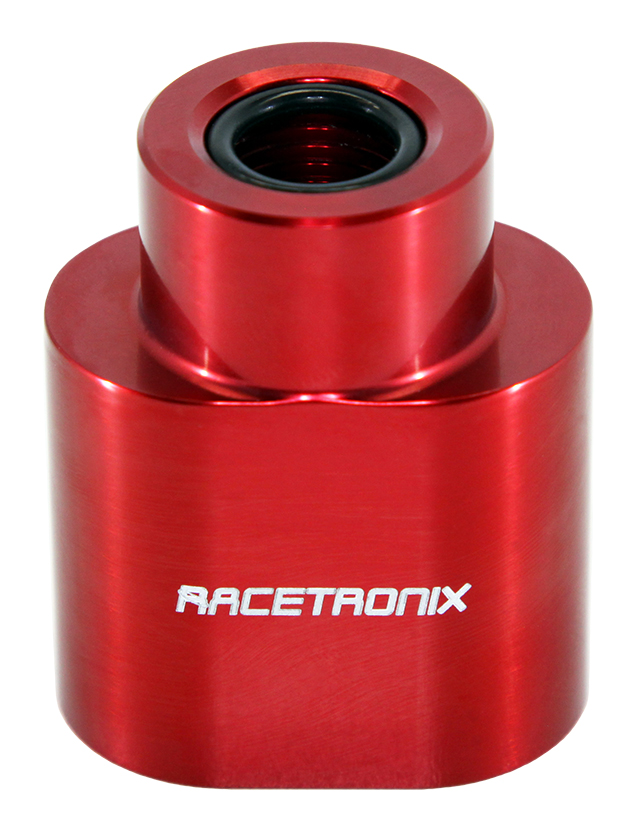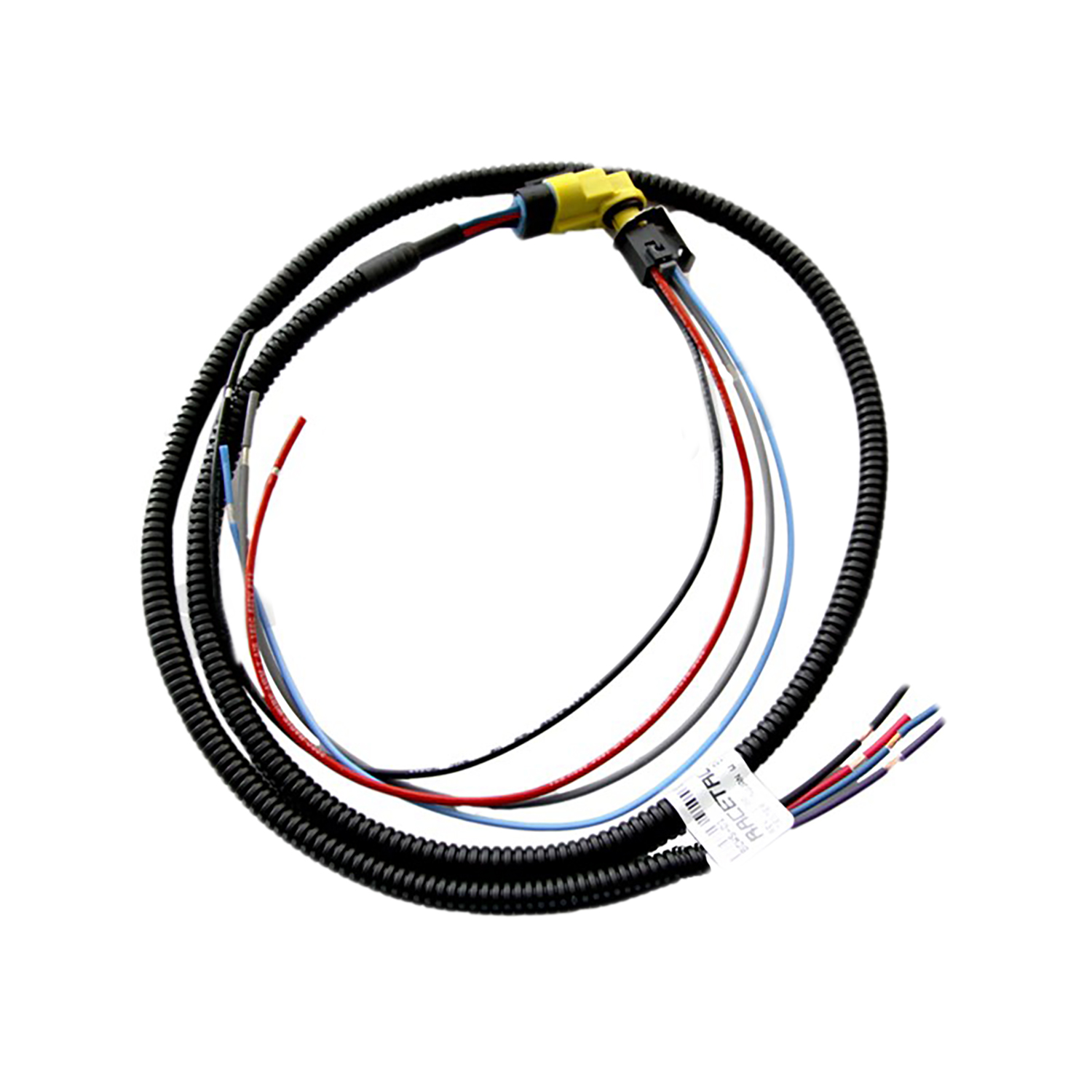are you running meth or something that requires a 2nd fuel table? Also, you are running a variable pressure fuel pump? I haven't had to deal with any of the issues you are having. Dead time I think is .6 - .8 ms for the 28# injectors. I think its mostly for idle quality to fine tune it but being way out is going to make it so you have very little of the valve opening time to be throwing fuel in there. The lower the delay, the better until you tell its faster than it is, and then you lose some fuel capability there as well.
Im running no correction, no offset table for AFR control. Have you tried that? Im not sure if a turbo fucks with that but NA it has worked great.
Im running no correction, no offset table for AFR control. Have you tried that? Im not sure if a turbo fucks with that but NA it has worked great.






















Comment